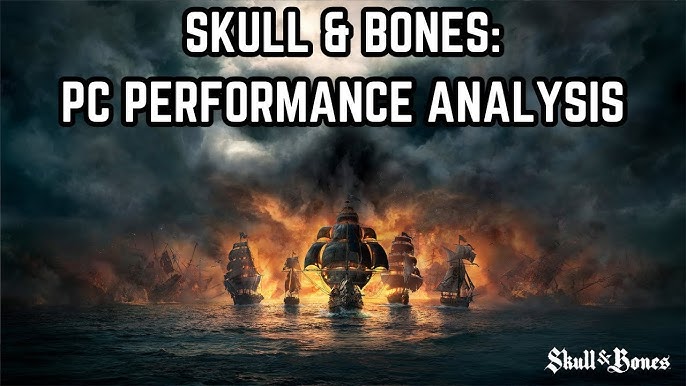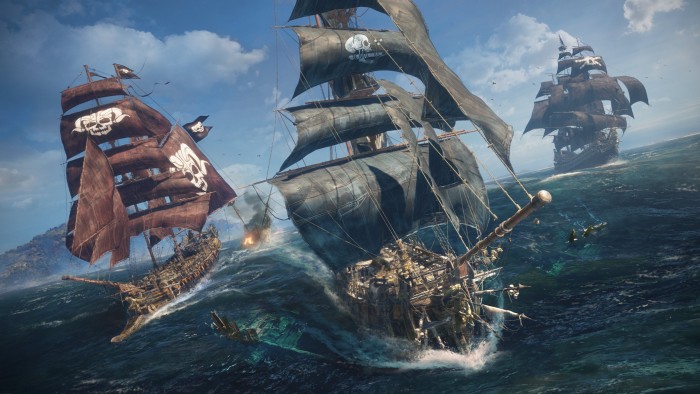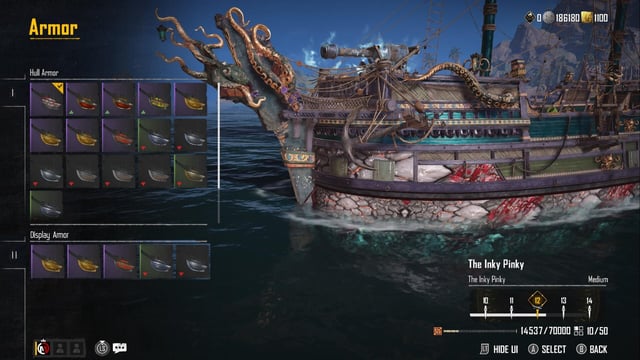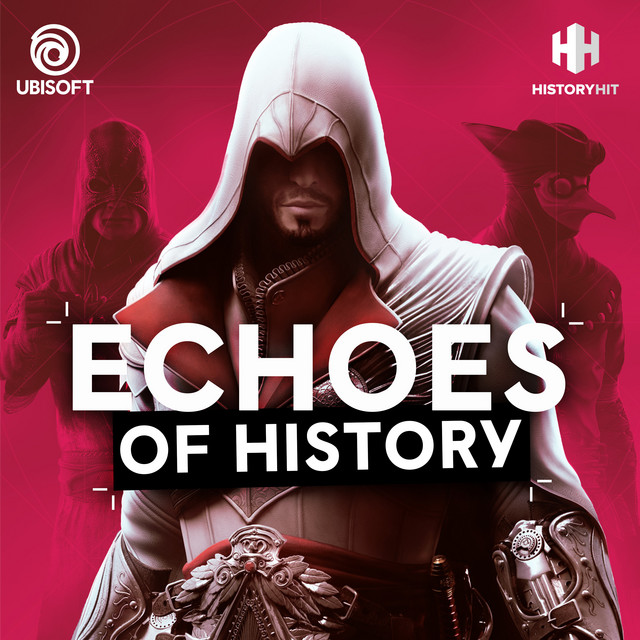Skull and Bones: A Live-Service Failure or a Pirate's Redemption?

Ubisoft's Skull and Bones has weathered a storm of delays, reboots, and shifting visions. What began as a promising spin-off of Assassin’s Creed IV: Black Flag’s acclaimed naval combat has evolved (or devolved, depending on your perspective) into a full-fledged, always-online, live-service pirate adventure. But after years of anticipation and troubled development, does Skull and Bones sink or swim? As a seasoned industry observer, let's dive deep into the turbulent waters surrounding this game, examine its PC-specific woes, and explore the broader implications for the live-service model.
The PC Gaming Perspective: A Lukewarm Reception
The initial reception of Skull and Bones among PC gamers has been decidedly lukewarm. While the core naval combat mechanics, inherited from Black Flag, offer moments of visceral thrill, the overall experience feels repetitive and lacks the depth many expected from a AAA title. Several key factors contribute to this perception:
- Live-Service Fatigue: PC gamers are increasingly wary of live-service games, especially those that feel overly reliant on microtransactions and grinding. Skull and Bones hasn’t escaped this scrutiny, with many players criticizing its repetitive loop of resource gathering, ship upgrades, and contracts.
- Missing Single-Player Depth: The shift towards a primarily multiplayer-focused experience has alienated some fans who were hoping for a more narrative-driven single-player campaign akin to Black Flag.
- Performance Issues: As we'll see later, the PC performance hasn't been stellar for some users.
A Development Voyage Through Troubled Waters
The development history of Skull and Bones is a saga in itself. Originally announced in 2017, the game has been repeatedly delayed and undergone significant changes in direction. This prolonged development cycle raises questions about Ubisoft's vision for the game and the internal challenges they faced.
To gain further insight into this tumultuous period, I spoke with Evelyn Dubois, a French freelance game developer who worked as a contract artist on early Skull and Bones concepts.
Interview with Evelyn Dubois, Freelance Game Developer:
Q: What were the initial design documents like for ship customization? How did those ideas compare to what was eventually released?
Evelyn: Oh là là, the initial designs were…ambitious. We had schematics for incredibly detailed ship customization, far beyond just changing sails or adding cannons. We were talking about unique hull designs, intricate carvings, even personalized figureheads with real historical significance. The idea was to truly let players craft a ship that reflected their personality and play style. What I saw later in trailers was a much simplified version. It feels like they scaled back a lot of the artistic flair and depth for something more…functional.
Q: What kind of communication did you receive during the extended development? Did your team have clear goals and feedback?
Evelyn: That’s where things got a bit murky. In the beginning, there was a lot of excitement and clear direction. But as time went on, the communication became less frequent and more… vague. We’d get conflicting feedback on designs, and the overall goals seemed to shift. It felt like the leadership wasn’t entirely sure what they wanted the game to be anymore. It made it hard to stay motivated, to be honest.
Q: How does the game's performance affect other projects at Ubisoft? Is it hard to get contract work after a AAA game like this releases with such a mixed response?
Evelyn: Honestly, it's a bit worrying. When a big title like Skull and Bones underperforms, it creates a ripple effect. Budgets get tighter, and studios become more risk-averse. As a freelancer, that means fewer opportunities and more competition. It's not impossible to find work, but you definitely feel the pressure. Everyone is hoping the next big release will be a hit to restore confidence.

Evelyn’s insights paint a picture of a project plagued by shifting priorities and communication breakdowns, contributing to the game's eventual identity crisis.
Live-Service vs. Single-Player: A Tale of Two Ubisoft Titles
The situation with Skull and Bones is particularly stark when contrasted with the success of Assassin's Creed: Mirage. While Skull and Bones embraces the live-service model, Mirage delivers a focused, single-player experience that harkens back to the roots of the Assassin's Creed franchise. The positive reception to Mirage highlights the continued demand for well-crafted single-player games and suggests that Ubisoft may have misjudged the market with Skull and Bones.
As industry analyst Daniel Ahmad notes, "The live service model requires constant investment and a very high player retention rate. If either falters, the entire game can collapse." Skull and Bones needs to continually provide engaging content to keep players hooked. The recent roadmap seems promising, however, the game needs to show that it can deliver.
The Ethics of Pre-Orders: Transparency in Troubled Development
The long and turbulent development of Skull and Bones raises ethical questions about pre-order culture. Players who pre-ordered the game years ago essentially invested in a product that underwent significant changes and delays. Do publishers have a responsibility to be transparent about troubled development cycles, especially when significant pre-order sales are involved? It's a complex issue, but it's clear that players deserve to be informed about the risks involved in pre-ordering games, particularly those with a history of developmental challenges.

This image illustrates the potential disconnect between pre-launch hype and actual player engagement, raising questions about managing player expectations.
PC Performance and Optimization: A Rocky Start
The PC version of Skull and Bones has faced its share of criticism regarding performance and optimization. While the game can look visually stunning on high-end hardware, many players have reported frame rate issues, even on systems that meet the recommended specifications.
The PC system requirements are fairly steep, and this high barrier to entry likely affects player uptake and leads to user backlash. Poor optimization can frustrate players and damage the game's reputation, particularly on a platform where performance is a key consideration.

This image represents the negative sentiment surrounding the game's PC performance among users.
Always-Online Woes: A Lonely Pirate's Lament
One of the most significant criticisms leveled against Skull and Bones is its always-online requirement. Even for players who primarily enjoy solo gameplay, an internet connection is mandatory. This decision has been met with resistance from players who value the ability to play offline, especially given potential server issues and the lack of a compelling narrative to push the game forward. The decision to restrict solo players, especially after years of development, is a curious one.
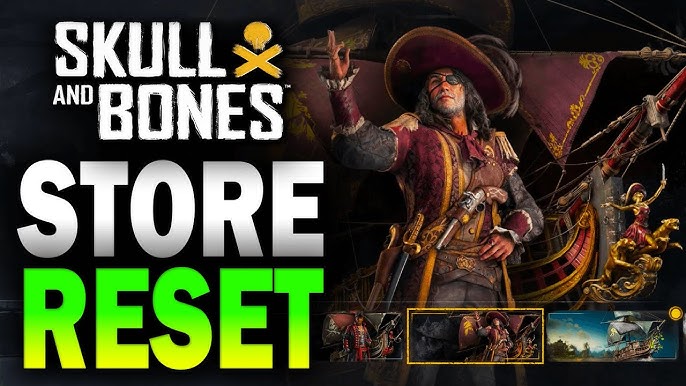
This image represents the monetization strategies employed in Skull and Bones, which have raised concerns regarding its value proposition.
Conclusion: Charting a Course for the Future
Skull and Bones represents a cautionary tale about the challenges of creating successful live-service games, particularly on PC. The game's troubled development, lukewarm reception, and performance issues highlight the importance of clear vision, effective communication, and technical polish. While the core naval combat can be engaging, the repetitive gameplay loop and always-online requirement have alienated some players. Whether Skull and Bones can ultimately find redemption depends on Ubisoft's ability to deliver consistent, high-quality content and address the concerns of the PC gaming community. The live-service model demands constant attention, and Skull and Bones will need to prove that it can navigate the treacherous waters of player expectations and competition to survive.
